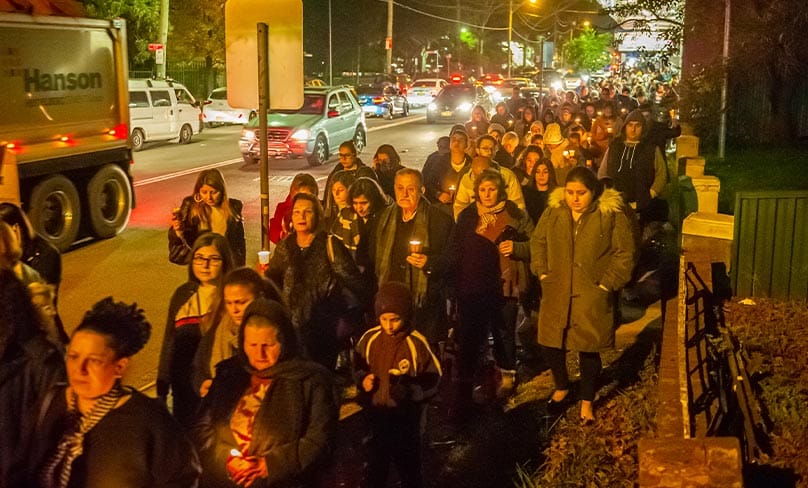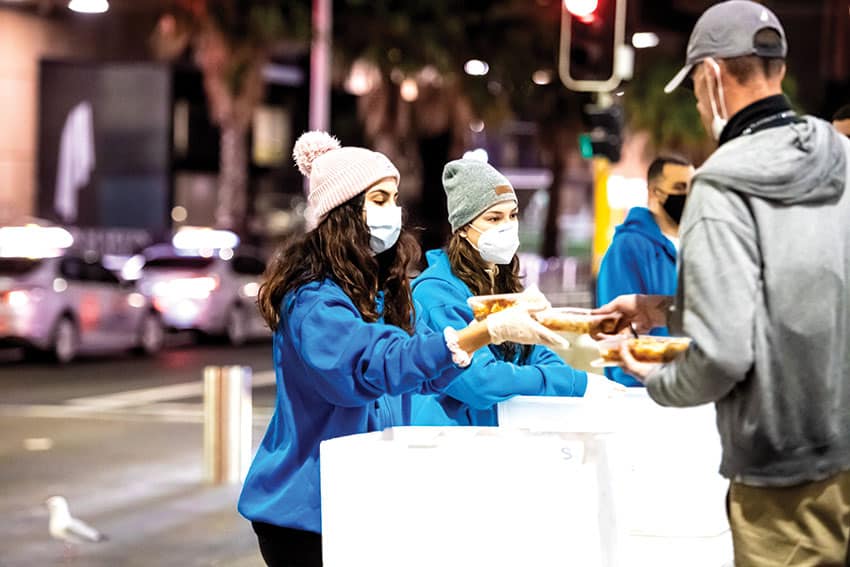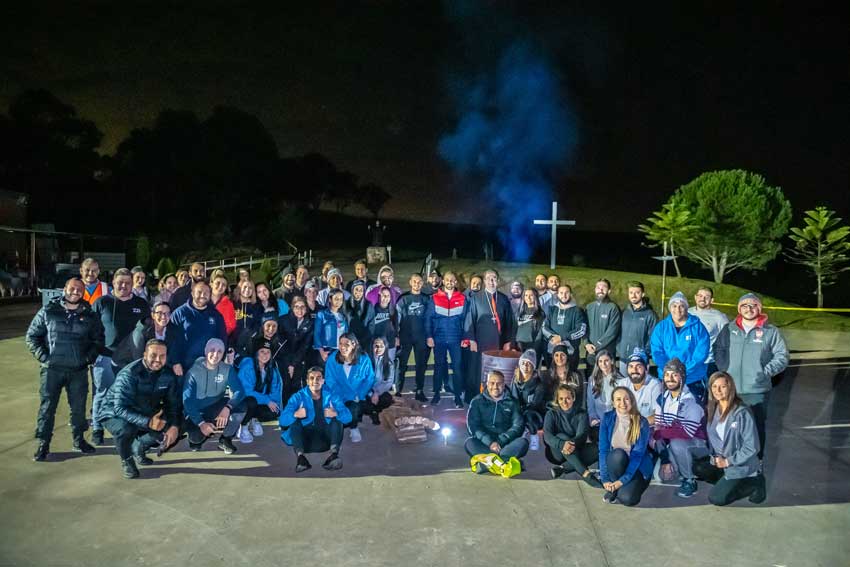
The Maronites trace their beginnings to Saint Maroun who led a monastic life in the fourth century in Syria. His way of living attracted disciples.
In the fifth century the disciples of St Maroun had left Syria and preached the gospel in the mountains of North Lebanon where the Christian community grew. However, the ecclesiastical organisation did not occur until the seventh century when St John-Maroun, the Superior of St Maroun Monastery, became the first Maronite Patriarch of Antioch and the Maronites became a self-governing (sui iuris) Church in full unity with the Church of Rome.
For centuries, Maronites resided mainly in Lebanon. However due to internal conflicts, a significant number of Maronites migrated to Australia. Today we witness a strong Maronite presence with the continued practice of Lebanese culture, maintaining tradition, residential cohesiveness, in-marriages and a strong active presence of the Maronite community. This is in part due to religious and educational institutions which have integrated and unified the community.
In the Lebanese migration to Australia, three periods can be discerned. The first wave occurred between 1880-1946. Many early Maronites who arrived could not speak English and possessed few skills. They became shop keepers, hawkers or self-employed entrepreneurs. By 1921 the number of Lebanese-born in Australia was 1803. On arrival and up to the end of World War II, these migrants were known as ‘Syrian Roman Catholics.’

The second mass migration took place between 1947-1974 with many settling in the Parramatta area in search of employment. The Parramatta Local Government 1986 census revealed residents of Lebanese background comprised the largest migrant community, accounting for almost 20 per cent of all residents born in non-English speaking countries and the unemployment rate for Lebanese adults was around 27 per cent. It was estimated that in Sydney alone there were more than 20,000 Maronites by 1971.
Between 1975 and 1977, over 10,000 Christian refugees of the Lebanese civil war settled in Sydney, many the relatives of earlier settlers. The Lebanese born population (Christian and Muslim), according to the 2006 census, was 74,900, making up 1.7 per cent of persons born overseas.
Settling in Sydney were 75 per cent of all Lebanese in Australia, with 20 per cent in Victoria and smaller numbers in other States. The phenomena of chain migration, where families and individuals already in Australia would facilitate and sponsor the migration of their relatives and friends, was the widespread experience, and continued throughout the entire period of migration from the 1880s and through the 1900s.
These developing close knit communities also operated as an informal institution which acquainted new migrants with Australian life and community and provided a measure of moral support, accommodation, loans and employment.

The presence of this community, specifically and at the outset in Redfern, NSW, meant ‘..for a century has become the longest continuously occupied ethnic residential settlement in any Australian city.’
Data on the pattern of living among Lebanese Maronites in Australia suggest that preservation of Lebanese culture and religion was and still is a priority. The high level of language maintenance, given that a significant proportion of kin and ethnic friends are present in the neighbourhood, reinforces ethnic identity.
In a survey carried out in the 1980s , 37 per cent of Lebanese still had their closest relatives in Lebanon, suggesting self-orientation to their country of origin through close family ties. Furthermore, 44 per cent of close relatives in Australia resided in the same suburb, for the purpose of local support.
Religion has contributed significantly to community cohesiveness, especially since Maronite churches were established in the 1960s (early in the migration of most Lebanese to Australia). They became reassuring institutions for migrants because of the Lebanese atmosphere and meeting point for friends. These parishes, established to cater for Lebanese migrants, continue to have appeal to the second and third generation children.
Related Articles:
